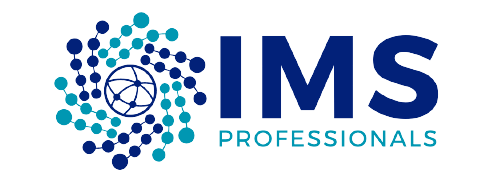
IF YOU HAVE A STRATEGY,
DON’T FLY IT ALONE!
IT’S SUICIDAL.
For your business, you need to expand your horizon beyond fighting tooth and nail in a red ocean to maintain your current competitive edge.
Three Strategies to Sustain and Create Competitive Advantage
Therefore, we must divide our approach into three temporary Strategies that are equally important to our business. It is not an equal weight division of approach: the three strategies do not need the same allocation of company resources (time, money, people), but we must work on them, as a matter of strategy in parallel.
These three strategies are:
- Defending our current competitive advantage,
- Creating the next competitive advantage
- Discovering the future competitive advantage.
Now, before we go any further, we need to be clear that the next competitive advantage and the exploration of the future is further in the future, and we expect these advantages to take hold over the next few years. But for that to happen, we must work on building them today, in parallel with our work on defending our current competitive advantage.
In the first place, we must defend our current competitive advantage, for which we must focus on two first innovation horizons: continuous improvement (H1) and incremental improvement (H2), both of which will boost our current operational efficiency (faster, better quality, lower cost, etc).
Second, we must create our next competitive advantage, which is expected to take effect soon, which depends on developing the last two innovation horizons: creating adjacencies (H3) and creating disruptive or transformational innovations.
Finally, the third innovation strategy is where we explore the future and incubate the ideas to discover the Future Competitive Advantage that comes after the next competitive advantage.
These three strategies are:
- Defending our current competitive advantage,
- Creating the next competitive advantage
- Discovering the future competitive advantage.
Now, before we go any further, we need to be clear that the next competitive advantage and the exploration of the future is further in the future, and we expect these advantages to take hold over the next few years. But for that to happen, we must work on building them today, in parallel with our work on defending our current competitive advantage.
In the first place, we must defend our current competitive advantage, for which we must focus on two first innovation horizons: continuous improvement (H1) and incremental improvement (H2), both of which will boost our current operational efficiency (faster, better quality, lower cost, etc).
Second, we must create our next competitive advantage, which is expected to take effect soon, which depends on developing the last two innovation horizons: creating adjacencies (H3) and creating disruptive or transformational innovations.
Finally, the third innovation strategy is where we explore the future and incubate the ideas to discover the Future Competitive Advantage that comes after the next competitive advantage.
In summary, we can indicate that the three innovation strategies are:
Exploit the present:
Requires leaders to manage and improve existing businesses, focusing on their profitability and the risk of disruption from new competitors, new technologies, new markets or regulatory changes, that is, implementing H1 and H2 innovation projects.
Create the Next Competitive Advantage:
Requires leaders to create a culture of innovation that identifies opportunities, develops ideas, concepts, and solutions, and develops and validates H3 and H4 innovation projects to bring them to market.
Explore the future:
Requires leaders to also look for new areas of growth, assessing the potential profitability of new ideas, driven by size and scalability, as well as the risk associated with innovation and how to make new ideas safer.
In summary, we can indicate that the three strategies of innovation are:
- Exploit the present
- Create the Next Competitive Advantage
- Explore the future
- Exploit the present
- Create the Next Competitive Advantage
- Explore the future
The Three Strategies at Work
Perhaps now it is a little clearer why we need more than one Strategy. Even if it isn’t, we’ll clear it up right away. Let’s take an example, the Fujifilm company.

Fujifilm has been evolving and transforming for over 80 years.
Building on his early legacy of photographic film innovation. Today, through their unstoppable innovation, they consistently create the next competitive advantage and look into the future to discover the next.
Today Fujifilm is a technology company impacting the fields of healthcare, materials, business innovation, and imaging.
Building on his early legacy of photographic film innovation. Today, through their unstoppable innovation, they consistently create the next competitive advantage and look into the future to discover the next.
Today Fujifilm is a technology company impacting the fields of healthcare, materials, business innovation, and imaging.






